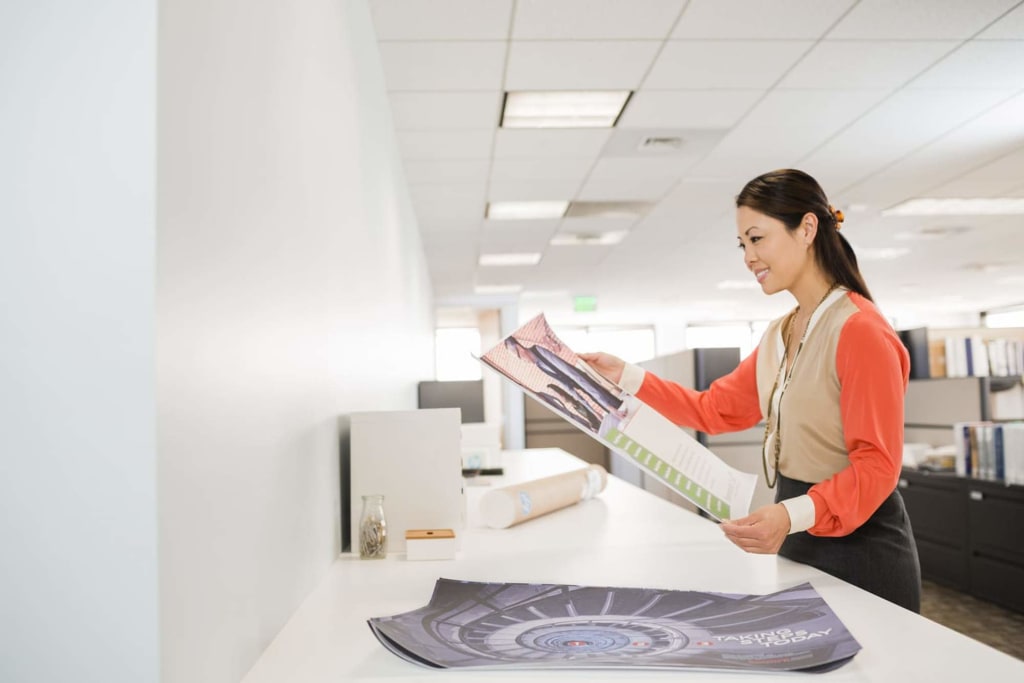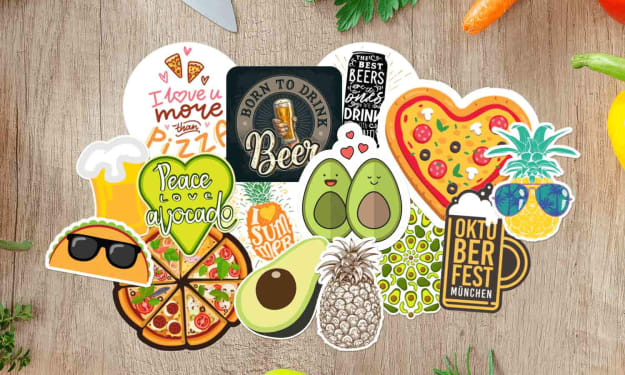Different Types of Poster Printing Techniques
Poster printing has long been a powerful medium for communication, whether for advertising, education, or artistic expression.

Poster printing has long been a powerful medium for communication, whether for advertising, education, or artistic expression. With advancements in technology, various printing techniques have emerged, each offering unique advantages and distinct characteristics. This article explores different types of poster printing techniques, shedding light on their processes and applications.
Screen Printing
Screen printing is a traditional method that involves creating a stencil (or screen) and using it to apply layers of ink on the printing surface. This technique is highly versatile, allowing for vibrant colors and thick ink application. It's widely used for poster printing that require a bold, artistic look, often favored by artists and designers for its tactile quality and durability.
Offset Lithography
Offset lithography is a common poster printing technique used for large-volume productions. It involves transferring an inked image from a plate to a rubber blanket and then onto the printing surface. Known for its high-quality output and cost-effectiveness, offset lithography is ideal for producing posters with detailed graphics and text, making it a popular choice for commercial printing.
Digital Printing
Digital printing is a modern technique that prints directly from digital files. This method offers quick turnaround times and is highly flexible, allowing for easy customization and on-demand printing. Digital printing is perfect for small to medium print runs and is often used for posters that require frequent updates or personalization.
Inkjet Printing
Inkjet printing is a type of digital printing that uses droplets of ink to create images. Known for its precision and ability to produce high-resolution prints, inkjet poster printing is suitable for photographic posters and detailed artworks. It allows for a wide range of colors and is compatible with various paper types, making it a versatile choice for high-quality poster printing.
Laser Printing
Laser printing is another digital technique that uses laser technology to produce images. It is renowned for its speed and efficiency, making it ideal for bulk printing. Laser printers produce sharp text and graphics, and are often used for posters that require crisp, clean lines and consistent quality.
Risograph Printing
Risograph printing, similar to screen printing, uses stencils to apply ink. However, it is an automated process that allows for quicker production and is more cost-effective for larger quantities. Risograph poster printing is known for its unique texture and slightly grainy appearance, which adds a distinctive charm to posters, often used in zines and independent publications.
Letterpress Printing
Letterpress printing is a traditional technique where ink is applied to raised letters or images and then pressed onto the paper. This method creates a tactile, embossed effect that adds a sense of craftsmanship and elegance to posters. Though labor-intensive and less common for large runs, letterpress printing is highly valued for its aesthetic appeal and quality.
Flexography
Flexography is a form of printing commonly used for packaging but also applicable for posters. It employs flexible plates and fast-drying inks, suitable for printing on various materials, including plastics and metallic films. Flexography is efficient for large-scale productions and provides vibrant colors and high-speed poster printing capabilities.
Gravure Printing
Gravure printing, or rotogravure, involves engraving the image onto a cylinder, which is then used to transfer ink onto the paper. This technique is ideal for long-run, high-quality prints and is often used for posters with rich, detailed imagery. Gravure printing delivers consistent results and is favored for its ability to produce sharp images and fine details.
Thermography
Thermography is a unique printing technique that combines traditional offset printing with a heat-based process to create raised, textured prints. This method involves sprinkling a special powder on wet ink, which is then heated to produce a raised effect. Thermography is often used for posters that need a distinctive, tactile quality, adding depth and texture to the design.
Sublimation Printing
Sublimation poster printing involves transferring dye onto materials using heat. This technique is widely used for fabric posters, custom printed notebooks, and other substrates like metal or ceramic. Sublimation printing produces vibrant, durable images that are resistant to fading and wear, making it a popular choice for outdoor posters and displays.
3D Printing
3D printing is an innovative technique that creates three-dimensional objects by layering material. While not traditionally used for flat posters, 3D printing can be employed to create textured, relief-style posters or promotional materials with a tactile, interactive element. This technique opens up new possibilities for creative and unique poster designs.
Foil Printing
Foil printing, or foil stamping, involves applying a metallic foil to the poster using heat and pressure. This poster printing technique adds a luxurious, reflective quality to the design, making posters stand out with a high-end finish. Foil printing is often used for special events, promotional materials, and limited-edition posters to convey a sense of exclusivity and sophistication.
Conclusion
In conclusion, the world of poster printing offers a vast array of techniques, each with its unique attributes and applications. From traditional methods like screen printing and letterpress to modern digital and UV printing, these techniques provide endless possibilities for creativity and expression. Whether you're looking for vibrant, high-volume prints or artisanal, tactile designs, there's a poster printing method that perfectly suits your needs.
About the Creator
Enjoyed the story? Support the Creator.
Subscribe for free to receive all their stories in your feed. You could also pledge your support or give them a one-off tip, letting them know you appreciate their work.





Comments
There are no comments for this story
Be the first to respond and start the conversation.